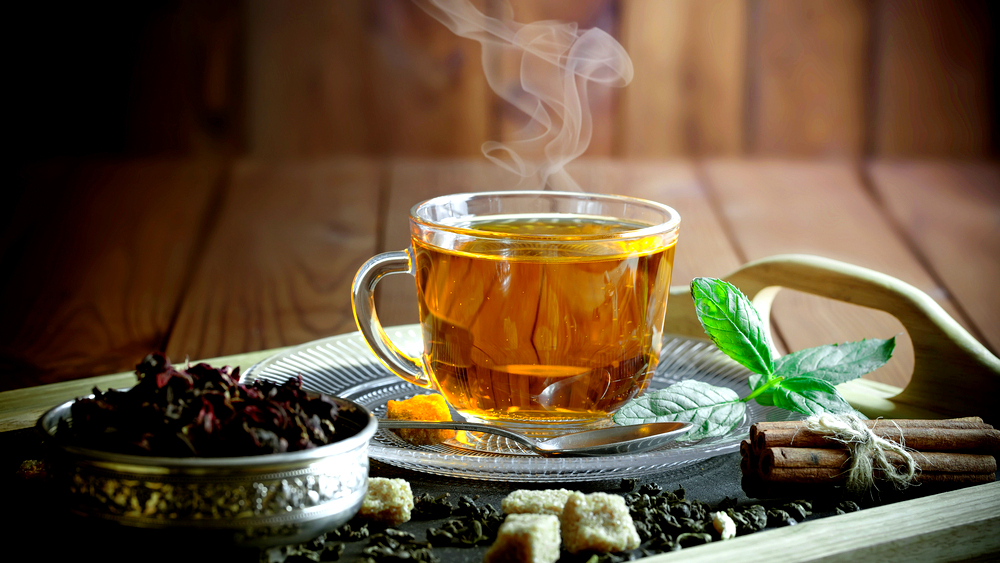- Types of Nepali Teas: A Journey Through Flavors and Traditions
- Cultural Significance of Tea in Nepal: A Symbol of Community and Tradition
- Tea Preparation and Customs in Nepal: A Blend of Tradition and Flavor
- Tea Gardens and Tourism in Nepal: Exploring the Heart of Tea Culture
- Health Benefits of Nepali Tea: A Blend of Flavor and Wellness
- The Art of Tea Tasting: Savoring Nepali Teas
- Best Places to Buy Local Tea in Kathmandu Valley
In the heart of the Himalayas lies Nepal, a country where the culture is deeply intertwined with the tradition of tea. In Nepali society, tea is far more than a mere beverage; it's a symbol of hospitality, a centerpiece of social life, and an integral part of daily ritual. This bond between the people of Nepal and their tea is rooted in a rich history that dates back centuries, shaping the social fabric of the nation. Historically, the cultivation and consumption of tea in Nepal began to flourish in the mid-19th century, influenced by neighboring regions like Darjeeling in India. However, it wasn't until the late 20th century that Nepali tea, especially from regions like Ilam, began gaining recognition on the global stage. The climatic conditions of the Himalayan foothills, characterized by cool mists and fertile soil, proved ideal for growing tea. This led to the development of unique tea varieties, each with its distinct flavor and aroma, reflective of the diverse landscapes of Nepal.
Over time, tea has evolved into a staple of Nepalese life. In every household and at social gatherings, offering a cup of tea is a gesture of warmth and respect. From the bustling streets of Kathmandu to the tranquil villages in the hills, tea stalls and small cafés serve as communal spaces where people of all ages and backgrounds come together. Here, over steaming cups of tea, stories are shared, friendships are forged, and the pace of life gently slows. Nepali tea culture invites you to explore beyond the surface of this beloved drink, delving into a world where each cup is a reflection of history, community, and the art of Nepali hospitality. As we embark on this journey, we uncover how tea in Nepal is indeed much more than just a drink – it is a vital thread in the tapestry of Nepali culture.
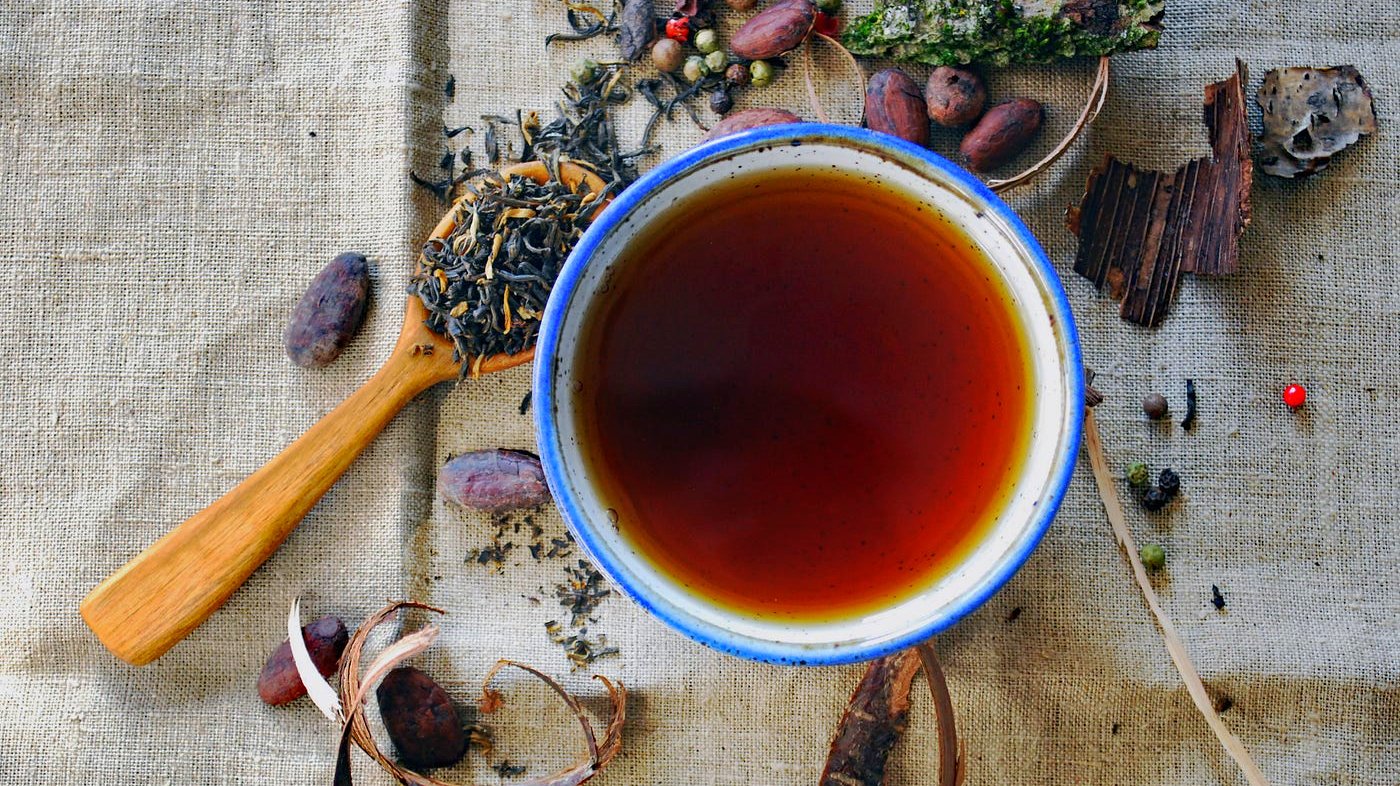
At Kathmandu Cooking Academy, we specialize in bringing the vibrant world of Nepali Tea Culture to life. Our hands-on approach makes us the best choice for anyone eager to explore Nepal's rich tea traditions. Whether you're a tea enthusiast or a curious traveler, join us for an unforgettable journey into the heart of Nepali tea - from learning about its unique flavors to mastering the art of tea preparation. Discover why Kathmandu Cooking Academy is your ultimate gateway to experiencing Nepal’s authentic tea culture.
Types of Nepali Teas: A Journey Through Flavors and Traditions
Nepal, a land rich in cultural and natural diversity, is also home to an array of exceptional teas. Each type of Nepali tea offers a unique glimpse into the country's varied landscapes and tea-making traditions. Let's explore the popular types of teas in Nepal, delving into their distinct flavors, brewing methods, and origins.
Ilam Tea: Often compared to Darjeeling tea, Ilam tea comes from the Ilam district, a region known for its pristine landscapes and ideal tea-growing conditions. This tea is celebrated for its light color and delicate, floral aroma. It typically has a subtle, slightly sweet flavor with a hint of muskiness. To best enjoy Ilam tea, it is brewed lightly, allowing the gentle flavors to shine through.
Orthodox Tea: The term orthodox tea in Nepal refers to teas processed using traditional methods, which include withering, rolling, fermenting, and drying. These teas are known for their layered flavors, ranging from brisk and astringent to floral and delicate. Orthodox teas from regions like Dhankuta and Kanyam are particularly esteemed.
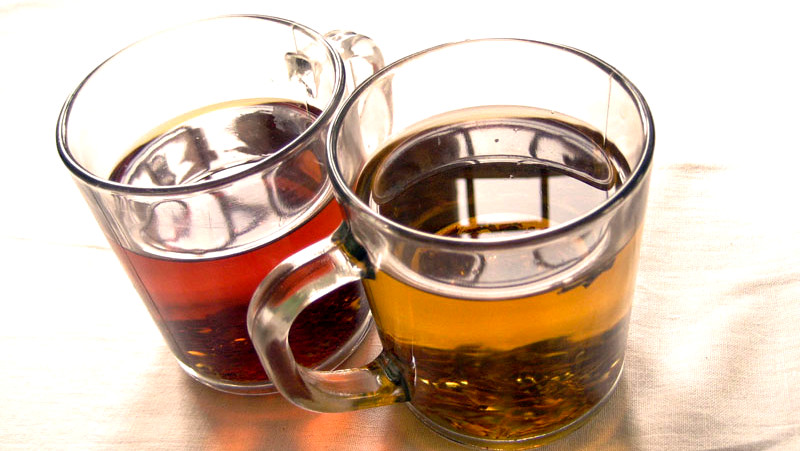
CTC Tea (Crush, Tear, Curl): This is a more robust variety, commonly used in Nepali households for making the popular Nepali milk tea (chiya). CTC tea is fully oxidized, giving it a strong, bold flavor that pairs well with milk and spices like cardamom, ginger, and cloves. It's brewed by boiling tea leaves with spices, adding milk, and then simmering to enhance the flavors.
Green Tea: Nepali green tea is gaining popularity for its health benefits and delicate taste. It is less processed, which helps retain its natural antioxidants. These teas often have a mild, slightly grassy flavor and are best brewed with water below boiling point to avoid bitterness.
White Tea: Among the most delicate of Nepali teas, white tea is minimally processed and known for its light, subtle flavors and natural sweetness. It is often harvested in the early spring and is best brewed with cooler water to preserve its delicate nuances.
Each type of Nepali tea is a reflection of the country's rich tea heritage and the diverse climates in which they are cultivated. Whether you prefer the delicate floral notes of Ilam tea or the robust flavors of CTC tea, Nepali teas offer a world of flavors waiting to be explored. As you enjoy these teas, remember that each cup is not just a drink but a celebration of Nepal's tea culture.
Cultural Significance of Tea in Nepal: A Symbol of Community and Tradition
In Nepal, tea is much more than a mere beverage; it holds a place of immense cultural significance, deeply rooted in the social and spiritual fabric of the nation. Tea in Nepal transcends the ordinary, becoming a daily ritual and a profound gesture of welcome that reflects the warmth and hospitality inherent in Nepali culture.
Tea as a Daily Ritual: For many Nepalese, the day begins and ends with tea. It's a moment of pause, a time for reflection or social interaction. In homes and workplaces across Nepal, brewing and sipping tea is a cherished daily practice, a routine that offers comfort and continuity amidst the hustle of everyday life.
Tea as a Symbol of Hospitality: Offering a cup of tea is one of the most common ways to welcome guests in Nepal. It signifies respect and a desire to share. In Nepali society, a guest is treated as a deity, and serving tea is an integral part of this tradition of gracious hospitality.
Tea in Festivals and Ceremonies: During Tihar, Nepal's beloved festival of lights, tea plays a central role. Families and friends gather to share cups of tea, symbolizing unity and affection. In these moments, tea transcends its role as a beverage and becomes a medium for deep bonding and celebration.
Tea in Social Settings: Tea stalls and cafés are ubiquitous in Nepali cities and villages, serving as communal hubs where people from all walks of life gather. These spaces are not just about enjoying a cup of tea but are venues for exchanging news, fostering community ties, and nurturing friendships.
The Art of Tea Preparation: The preparation of tea in Nepal, whether it's spiced milk tea or a simple black tea, is often a meticulous process, reflecting the care and attention that Nepalese people put into nurturing relationships and honoring guests.
Tea in Nepal is a tapestry woven with threads of tradition, hospitality, and community. It’s a reflection of the country's rich cultural heritage, where every cup of tea is a story of connection and every sip a celebration of the enduring spirit of Nepali culture.
Tea Preparation and Customs in Nepal: A Blend of Tradition and Flavor
In Nepal, the art of tea preparation is a cherished custom, reflecting the country's rich cultural tapestry. The traditional Nepali tea preparation is distinguished by its unique blend of spices and milk, resulting in a beverage that is not only warming and flavorful but also deeply rooted in Nepali traditions and customs.
Chiyaa - The Local Favorite: The most popular version of tea in Nepal is Chiyaa, a spiced milk tea. Chiyaa is much more than just a drink; it is a symbol of Nepali hospitality and a staple in most households. This beloved beverage is typically infused with a blend of aromatic spices like cardamom, ginger, and cloves, giving it a distinctive, spicy kick that is both invigorating and comforting.
Preparation Method: The process of making Chiyaa is both simple and intricate. It starts with boiling water, to which tea leaves are added. The magic unfolds with the addition of the spices – each one bringing its unique flavor and aroma. The mixture is then simmered to allow the flavors to meld together. Finally, milk is added, giving Chiyaa its creamy texture and rich taste.
Serving Customs: Serving Chiyaa is an integral part of Nepali hospitality. It is usually offered to guests as soon as they arrive, signifying welcome and warmth. In many Nepali homes, Chiyaa is more than a beverage; it's a reason to gather, converse, and enjoy each other's company.
Variations Across Regions: While the basic ingredients of Chiyaa remain consistent, there are regional variations across Nepal. Some areas may add different spices or vary the proportions, each adding a unique local twist to this classic drink.
Beyond Chiyaa: Aside from Chiyaa, other forms of tea preparation in Nepal include brewing black or green teas without milk. These teas are often enjoyed for their pure, distinct flavors, especially in the afternoon or evening.
The preparation and customs surrounding tea in Nepal are as diverse and rich as the country's heritage. Each cup of Chiyaa or tea is not just a beverage but a celebration of Nepali traditions, a testament to the country's love for this ancient drink, and a symbol of the enduring spirit of Nepali culture.
Tea Gardens and Tourism in Nepal: Exploring the Heart of Tea Culture
The tea gardens of Nepal are not just pivotal for tea production; they are also becoming significant attractions in the realm of tea tourism. Regions like Ilam and Dhankuta are particularly renowned for their lush, verdant tea estates. These areas offer more than just picturesque landscapes; they provide a deep dive into the intricate process of tea making and the rich tea culture of Nepal.
Ilam - The Tea Paradise: Ilam, often likened to Darjeeling because of its topographical and climatic similarities, is famous for its expansive tea gardens. The rolling hills draped in neat rows of tea bushes create a mesmerizing landscape. Ilam is not just a production hub but a symbol of Nepali tea culture, attracting tourists from all over the world who are keen to explore the origins of their favorite brews.
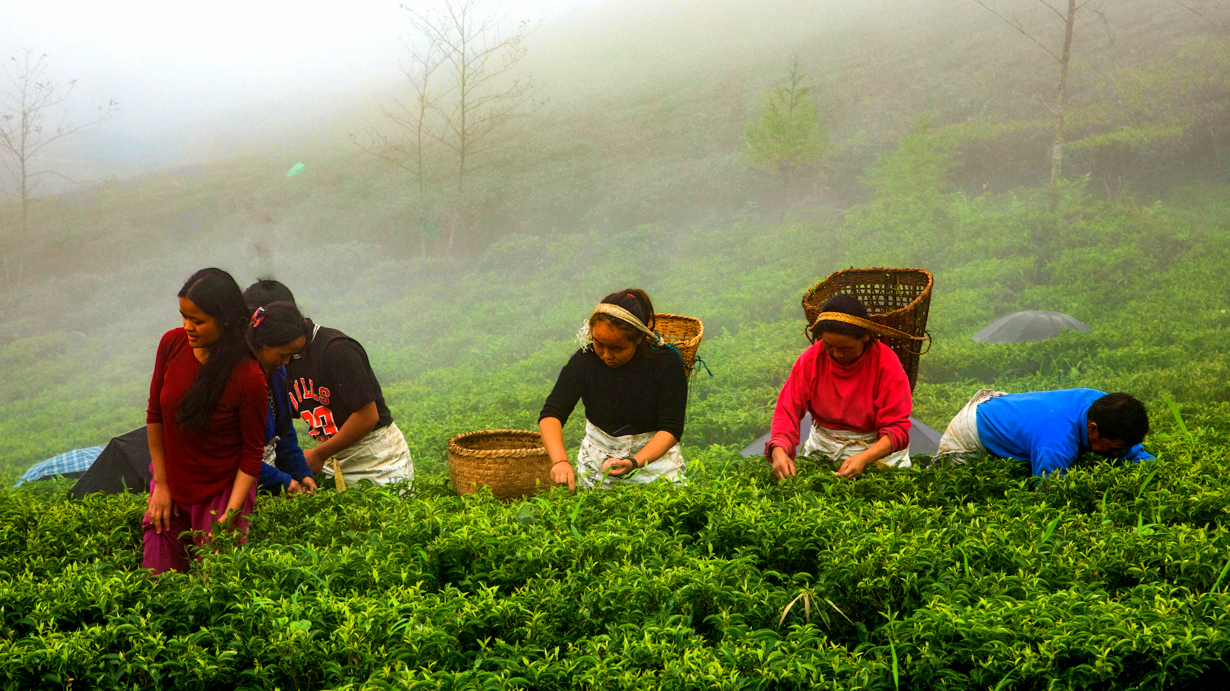
Dhankuta - A Hidden Gem: Dhankuta, another prominent tea-growing region, offers a more serene and untouched experience. The tea gardens here are smaller but equally enchanting, set against the backdrop of the majestic Himalayas. Visitors to Dhankuta can witness the traditional methods of tea cultivation and processing, gaining insights into the art and science behind tea production.
Tea Tourism Experience: Tea tourism in these regions is about immersing oneself in the entire journey of tea – from leaf to cup. Tourists can walk through the tea gardens, observe the plucking and processing of tea leaves, and learn about different types of teas. The experience is often enhanced by tea tasting sessions, where visitors can savor various grades and flavors of tea.
Cultural Integration: Visiting these tea gardens is also a cultural excursion. Tourists get the opportunity to interact with local farmers and workers, understand their lifestyles, and learn about the challenges and rewards of tea farming. This interaction adds a human element to the tea experience, making it more enriching and memorable.
Impact on Local Economy: The rise in tea tourism is positively impacting the local economy. It provides an additional source of income for tea farmers and promotes local businesses, including accommodations, eateries, and souvenir shops.
Tea gardens of Nepal, especially in regions like Ilam and Dhankuta, are more than just scenic destinations. They are gateways to understanding the deep-rooted tea culture of Nepal, offering tourists a unique blend of natural beauty, cultural insights, and the rich heritage of Nepali tea.
The Art of Tea Tasting: Savoring Nepali Teas
Tea tasting, much like wine tasting, is an art form that involves engaging multiple senses to fully appreciate the complexities and nuances of each brew. Focusing on Nepali teas, which are as diverse and rich as the landscapes of Nepal, tea tasting becomes a journey through a spectrum of flavors and aromas. Here’s a guide to understanding and enjoying the art of tea tasting with a focus on Nepali teas:
Visual Inspection: The tea-tasting experience begins with a visual inspection. Observe the dry tea leaves; their size, shape, and color can give clues about the tea's quality and taste. Nepali teas, like the well-twisted leaves of orthodox teas or the delicate buds of white teas, offer a range of appearances.
Aroma Evaluation: Before brewing, inhale the aroma of the dry leaves. Nepali teas can have a multitude of scents, from floral and grassy to spicy and earthy. This initial aroma can set the expectation for the tea's flavor profile.
Brewing the Tea: The brewing process is crucial in tea tasting. Use the appropriate water temperature and steeping time for each type of tea. Nepali orthodox teas, for example, might require a different approach compared to Nepali green teas. Proper brewing allows the tea to release its full array of flavors and aromas.
Observing the Liquor: Once brewed, observe the color of the tea liquor. Nepali teas can range from light gold to deep amber. The clarity and brightness of the tea can also be indicators of its quality.
Savoring the Aroma: Before tasting, inhale the aroma of the brewed tea. Nepali teas, especially those from regions like Ilam, are known for their aromatic complexity. This step enhances the overall sensory experience and prepares the palate for tasting.
Tasting the Tea: Sip the tea, letting it roll over your tongue. Try to detect the different flavor notes and textures. Nepali black teas may have a robust, malty character, while green teas could be more delicate with vegetal notes. The mouthfeel is also important – it can be smooth, astringent, or creamy.
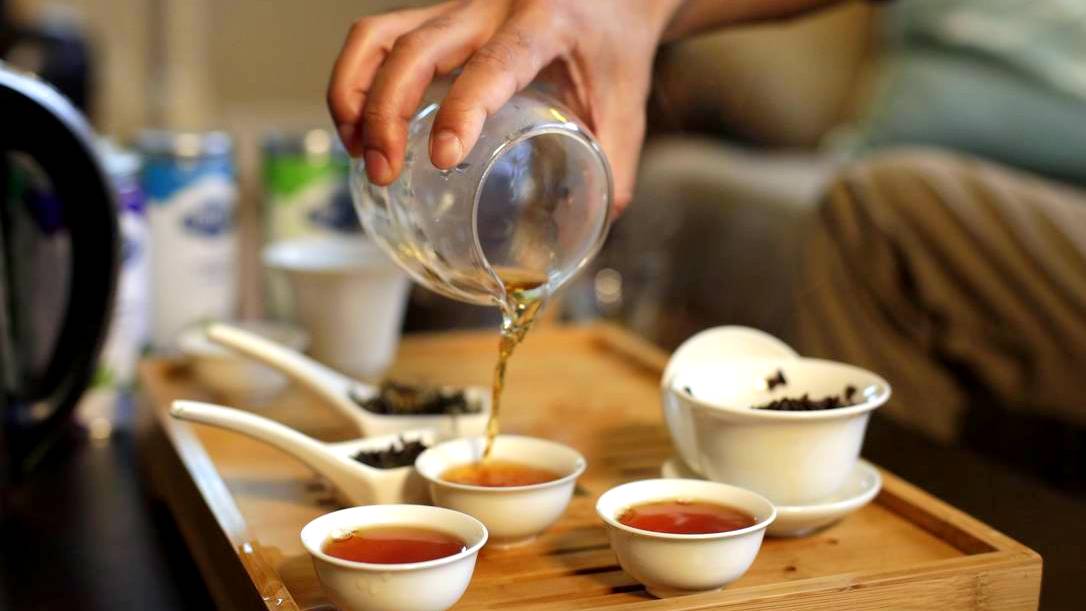
Understanding the Finish: After swallowing, pay attention to the aftertaste or the finish. A quality Nepali tea will have a pleasant and lingering finish. The best teas often leave a complex and evolving aftertaste.
Comparing Different Teas: To fully appreciate Nepali teas, compare different types by tasting them side by side. Notice how the flavors and aromas differ from one type to another, such as between a Himalayan black tea and a mid-hill green tea.
Reflecting on the Experience: Finally, reflect on the overall experience. Consider the balance of flavors, the harmony between aroma and taste, and how the tea made you feel. Tea tasting is not only about the physical flavors but also about the emotional and psychological experience.
Continuous Learning: The art of tea tasting is a continuous journey. Each cup can offer new insights, and each batch of tea might differ slightly. Keep an open mind and continue exploring.
By embracing these nuances in tea tasting, enthusiasts can deepen their appreciation for Nepali teas. It’s an experience that goes beyond mere drinking, offering a sensory journey that reflects the rich tea culture of Nepal.
Best Places to Buy Local Tea in Kathmandu Valley
Finding the best places to buy local tea in Kathmandu can be a delightful experience for any tea enthusiast. Kathmandu, being the capital city of Nepal, is home to a variety of shops and markets where you can find an extensive range of Nepali teas. Here are some of the best places to consider:
Swayambhu Tea Shop: Located near the Swayambhunath Stupa, this shop offers a variety of traditional Nepali teas. The setting near the ancient stupa adds a cultural richness to your tea-shopping experience.
Kathmandu Tea Centre: Situated in Thamel, this center provides a wide range of teas, including many local Nepali varieties. The knowledgeable staff can help guide you in choosing the best tea according to your preference.
Green Tara Tea Shop: Specializing in organic teas, Green Tara in Thamel is a must-visit for those looking for organic and health-focused options.
Basantapur Tea Market: This market area near Kathmandu Durbar Square is a hub for various local vendors selling a diverse range of Nepali teas. It's ideal for those looking to explore different flavors and blends.
Nepal Tea House: Also located in Thamel, the Nepal Tea House offers a serene environment where you can both buy and taste various teas. They also provide insights into the tea's origins and best brewing practices.
Tea & Tales: This cozy spot is not just a place to buy tea but also to enjoy it. They offer a range of local teas and often host tea-tasting events.
Patan and Bhaktapur Old Markets: If you're up for a bit of travel within the valley, the old markets in Patan and Bhaktapur also house traditional stores where you can find authentic Nepali teas.
Each of these places offers a unique experience, not just in the variety of teas but also in the atmosphere and cultural richness. It's recommended to try a few different spots to fully appreciate the range and depth of Nepali teas available in Kathmandu.
The culture of tea in Nepal is a vivid reflection of the country's diverse and rich landscapes, mirroring the variety and beauty found in its mountains and valleys. Each aromatic brew, whether from the misty Himalayan foothills or the bustling streets of its cities, tells a story of tradition, flavor, and the unifying power of this simple beverage. In Nepal, tea is much more than a drink; it's a journey through the nation's heritage, a daily practice steeped in tradition, and a medium for communal harmony. Shared in homes and tea shops alike, every cup serves as a reminder of Nepal’s rich cultural mosaic and the warm, welcoming spirit of its people. This enduring tradition of tea in Nepal is not just a testament to its historical roots but also a living, evolving expression of Nepali culture and community.

